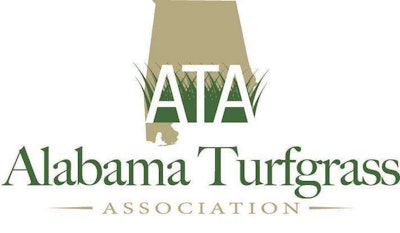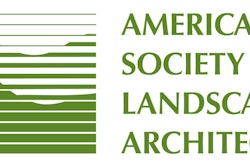
“That’s our continuing focus, year after year,” Patterson said in a telephone interview this week, “especially with our turfgrass roadshow” – a series of one-day workshops held in several locations around the state. Attending the workshops is the way many Alabama pesticide applicators earn the points they need for license renewal.
“It has been a really good program,” Patterson said, “and good outreach” by the association.
Patterson, who is landscape and athletic turf supervisor at the University of Alabama in Huntsville (UAH), has been involved in the Alabama Turfgrass Association since 1994. At UAH, where he has worked for the past 21 years, Patterson oversees both the campus grounds – between 450 and 500 acres – as well as 12 acres of dedicated athletic turf.
Membership in the state turfgrass organization represents “a real cross-section of the industry,” Patterson says, from Alabama sod farm producers to those who work for various educational institutions, local governments and golf courses.
“They’re involved in research, production and of course the care and maintenance of turfgrasses,” he said.
Patterson said the industry has weathered 2016 fairly well, especially in light of the severe drought gripping most of the state.
 Paul Patterson – UAH landscape and athletic turf supervisor
Paul Patterson – UAH landscape and athletic turf supervisor“Some farms actually ran out of grass,” he said, as drought limited the time in which they could produce, harvest and sell their turf. “Some were able to irrigate more than others.”
The biggest headache of the year was a massive army worm infestation during the summer. The appearance of army worms is not usually considered a big deal – just something you deal with and move on – but the 2016 outbreak was the worst Alabama has seen in 15 years or more, Patterson said.
In addition to the association’s roadshow each year, ATA’s educational activities include a field day – one year it’s devoted to sports turf and the next it focuses on lawn and landscape.
Patterson said planning is already underway for the next field day.
“Education,” he said, “is always going to be our focus.”










